The retro gaming revival has produced countless handhelds, but few have dared to reimagine the very concept of portable gaming quite like this. Grant Sinclair, nephew of ZX Spectrum inventor Sir Clive Sinclair, has created the GamerCard, a Raspberry Pi-powered handheld that’s literally the size and shape of a retail gift card. At just 6.5mm thick and weighing only 100 grams, it challenges everything we think we know about handheld console design.
What makes the GamerCard extraordinary isn’t just its ultra-thin profile, but how it embraces an entirely different design philosophy. While most handhelds chase the chunky, ergonomic aesthetic of traditional gaming devices, the GamerCard opts for something radically minimal. The device features a 4-inch square IPS display with 254 PPI density, protected by sapphire glass and sandwiched between layers in a patented PCB construction that eliminates bulky casing entirely.
Designer: Grant Sinclair
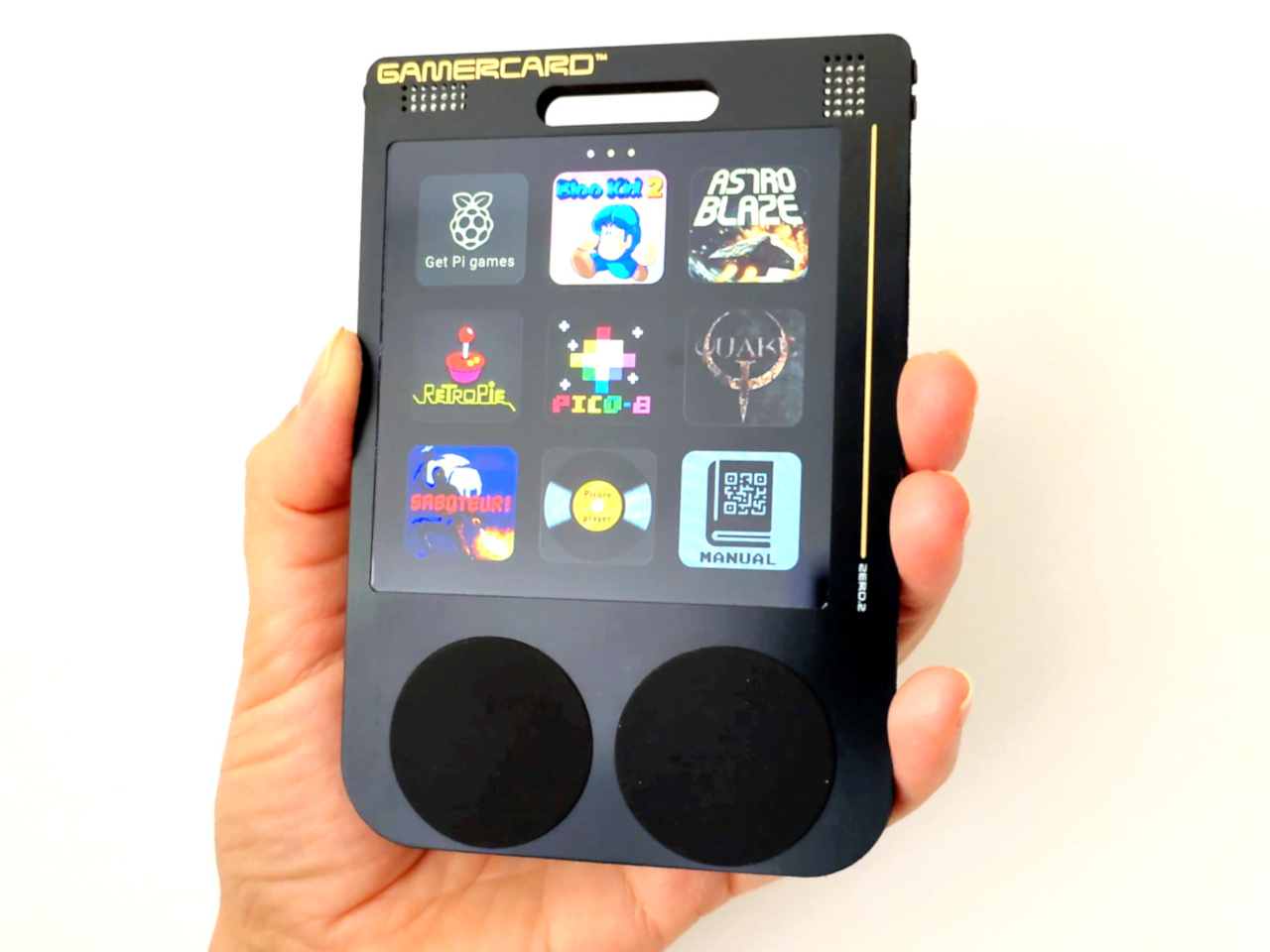
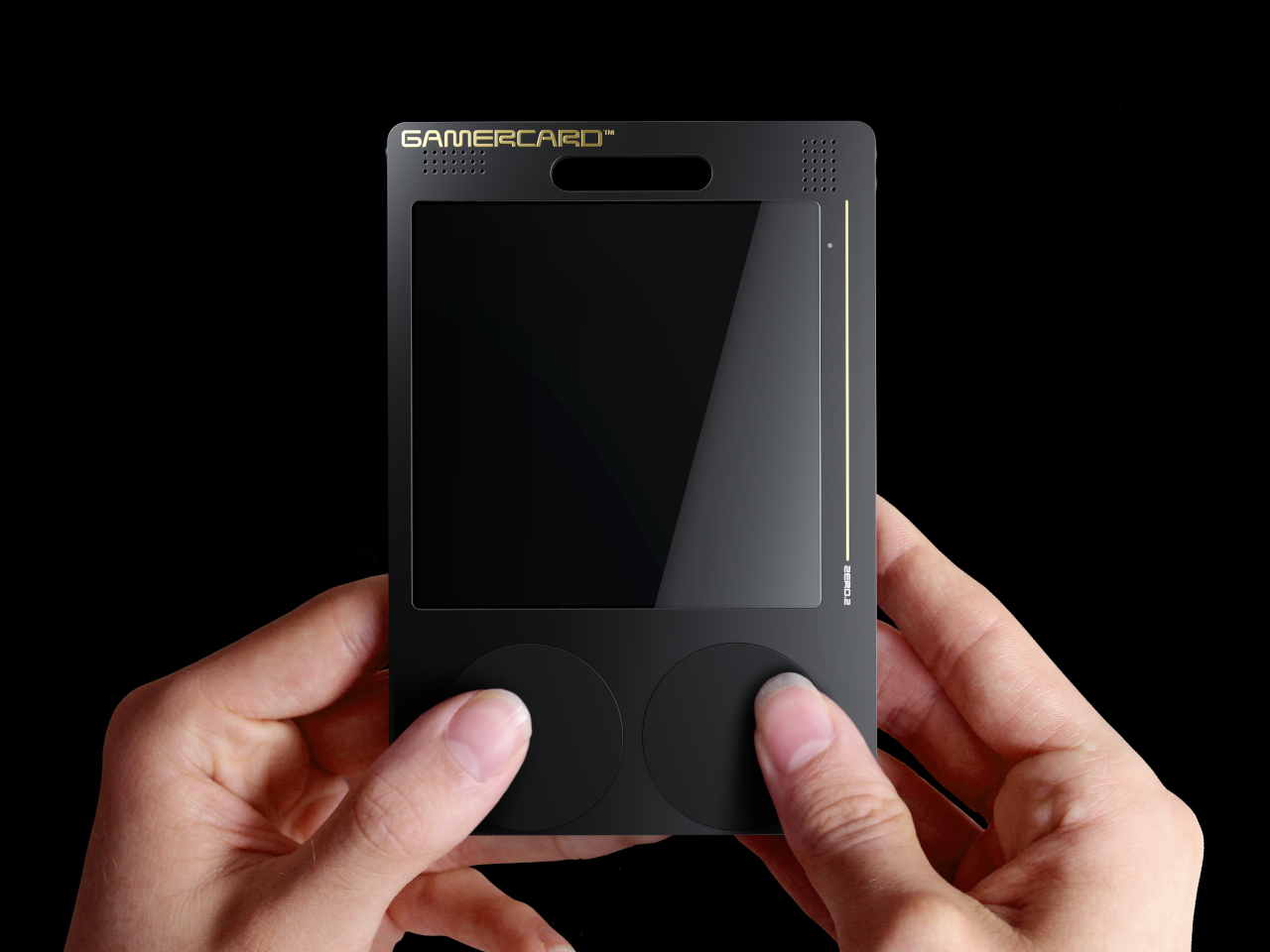
The Design Revolution
The engineering behind this design is genuinely impressive. The GamerCard packs a Raspberry Pi Zero 2W with a quad-core ARM Cortex-A53 processor, 512MB of RAM, and 128GB of storage into its impossibly thin form factor. An integrated heat sink ensures stable performance despite the minimal thickness, while a 1,600mAh battery provides reasonable gaming sessions without adding bulk.
The control scheme is equally unconventional. Instead of traditional buttons and thumbsticks, the GamerCard uses large silicone control pads on the front and smaller shoulder pads on the back. This creates a unique tactile experience that’s more akin to operating a high-tech touch interface than a conventional gamepad, though it might take some getting used to for traditional gaming enthusiasts.
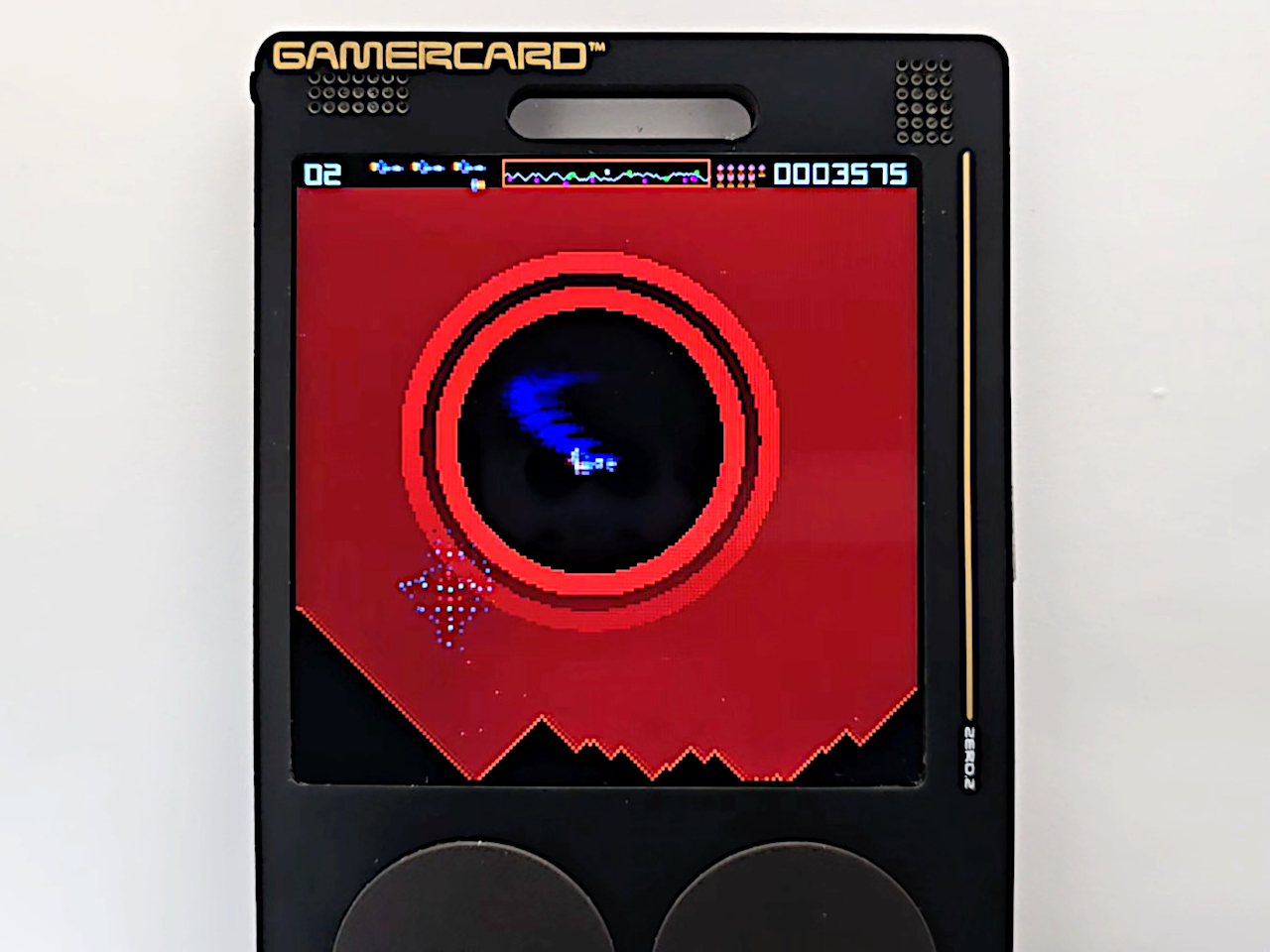
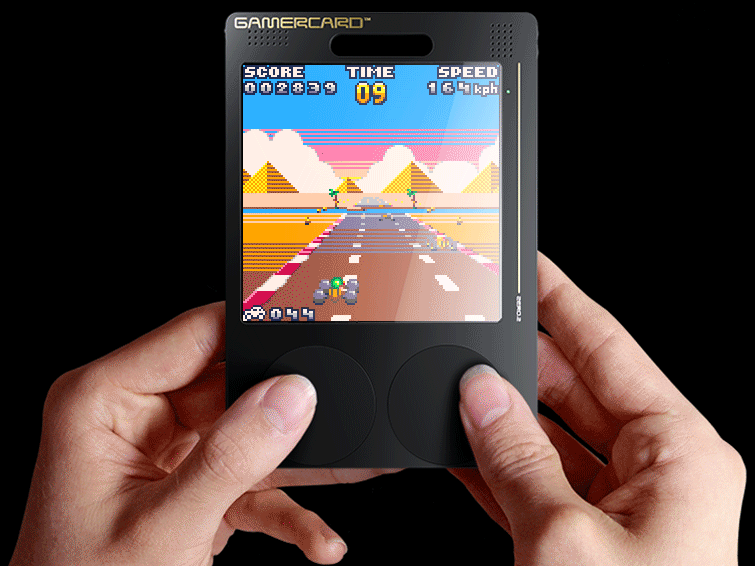
Innovation in Miniaturization
The device isn’t just about gaming either. With built-in Qwiic, USB-C, and HDMI ports, it can transform into a complete Raspberry Pi-powered computer when connected to peripherals. This modularity extends its utility far beyond retro gaming into education, development, and general computing, making it a versatile tool for makers and educators who appreciate the Raspberry Pi ecosystem.
The GamerCard supports emulators like RetroPie, Recalbox, and Lakka, enabling it to play thousands of games from classic systems. It also comes with preloaded arcade games and supports PICO-8 development, offering both immediate entertainment and creative possibilities for those interested in game development or coding education.

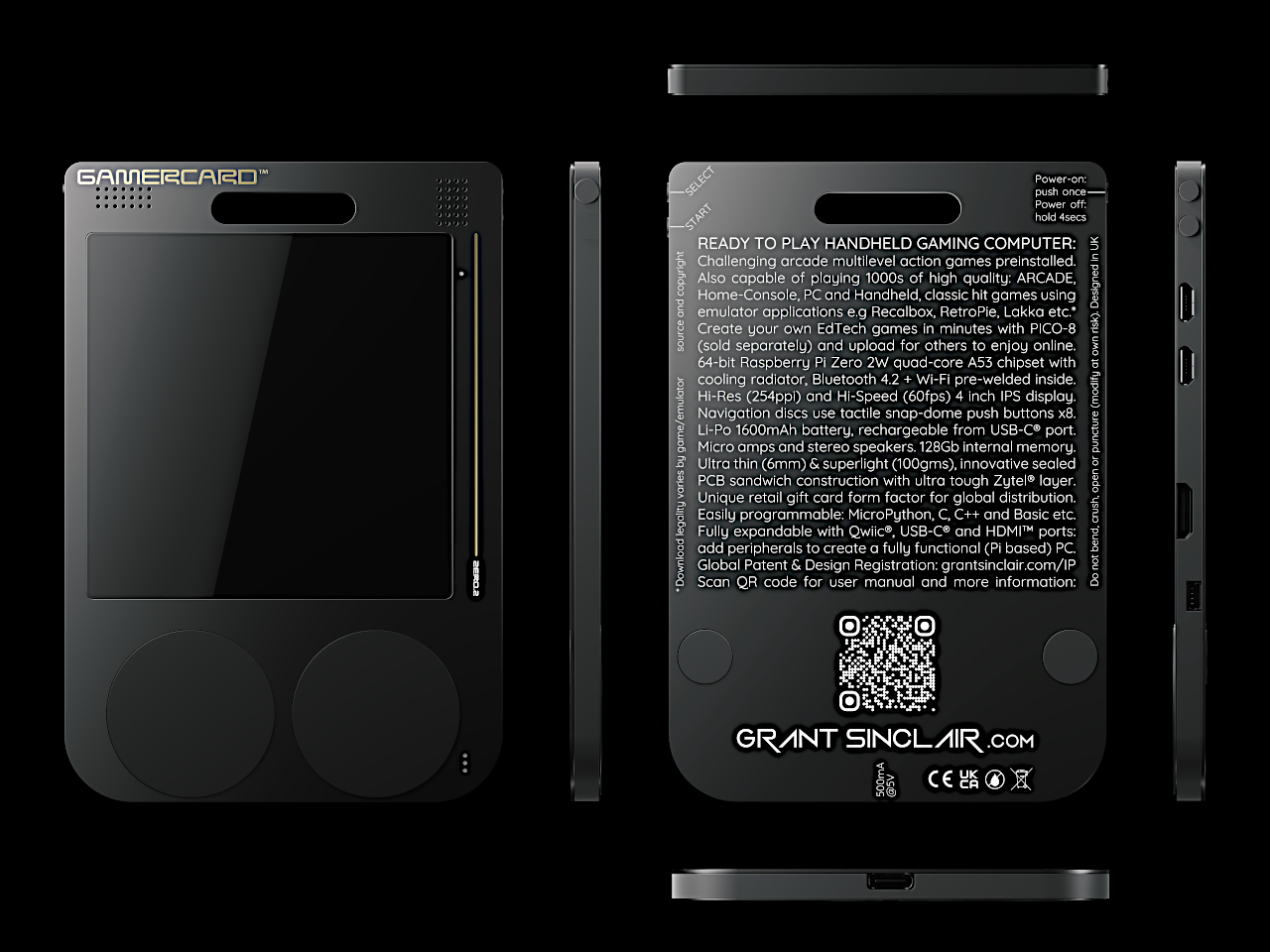
Quick Answers
- What is the GamerCard?
- A gift card-sized handheld gaming console powered by a Raspberry Pi Zero 2W, featuring a 4-inch square display and the ability to run thousands of retro games through emulation.
- What games can it run?
- The GamerCard supports classic system emulators and comes with preloaded arcade games, plus compatibility with PICO-8 for indie game development.
- How does it compare to other retro consoles?
- At 6.5mm thick and 100 grams, it’s significantly thinner and lighter than any comparable handheld, though it sacrifices traditional gaming ergonomics for extreme portability.

The Trade-offs
Of course, this radical approach to handheld design comes with trade-offs. The unconventional control scheme may not suit everyone, particularly those accustomed to traditional gaming layouts. The square screen, while visually striking, isn’t ideal for all classic games designed for different aspect ratios. Battery life, while respectable, can’t match larger devices with more substantial power cells.
The £125 ($170) price point also positions it as more of a premium curiosity than a mainstream gaming device. It’s clearly designed for enthusiasts, collectors, and those who appreciate innovative design over pure gaming performance, making it a fascinating example of how thoughtful engineering can completely reframe our expectations of portable gaming hardware.








